Home>Furniture & Design>Outdoor Furniture>How To Sew Outdoor Fabric
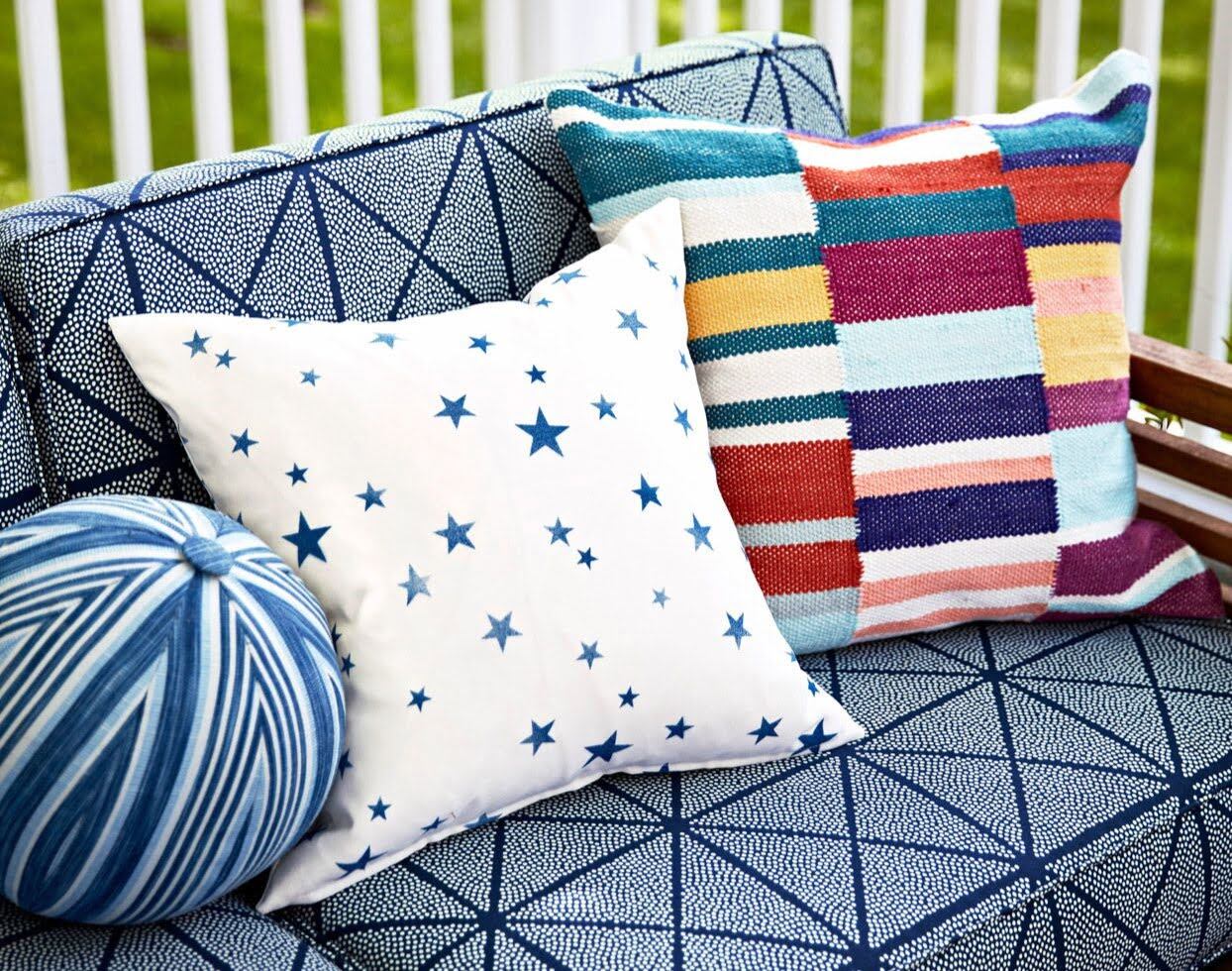

Outdoor Furniture
How To Sew Outdoor Fabric
Modified: January 24, 2024
Learn how to sew outdoor fabric for durable and stylish outdoor furniture and design. Discover tips and techniques for creating weather-resistant cushions and covers. Start your next outdoor project today!
(Many of the links in this article redirect to a specific reviewed product. Your purchase of these products through affiliate links helps to generate commission for Storables.com, at no extra cost. Learn more)
Introduction
Welcome to the world of outdoor fabric sewing! Whether you’re a seasoned seamstress or a beginner looking to embark on a new crafting adventure, sewing outdoor fabric can be a rewarding and practical endeavor. From creating custom outdoor cushions and pillows to crafting durable patio furniture covers, mastering the art of sewing outdoor fabric opens up a realm of creative possibilities for enhancing your outdoor living spaces.
Outdoor fabrics are specifically designed to withstand the elements, making them resistant to fading, mold, mildew, and moisture. This makes them ideal for use in outdoor furniture, cushions, umbrellas, and various other outdoor decor items. However, sewing outdoor fabric comes with its own set of unique challenges and considerations, from choosing the right materials to employing the correct sewing techniques.
In this comprehensive guide, we’ll explore everything you need to know to successfully sew outdoor fabric. From selecting the appropriate fabric and preparing your sewing machine to mastering essential sewing techniques and ensuring proper maintenance, you’ll gain the knowledge and confidence to tackle outdoor fabric sewing projects with ease. So, let’s dive in and unlock the secrets to creating beautiful, durable outdoor fabric creations!
Key Takeaways:
- Mastering outdoor fabric sewing involves choosing durable, water-resistant materials and preparing your sewing machine with the right needle and thread. Specialized techniques and maintenance ensure long-lasting, stylish creations for outdoor living spaces.
- Selecting the right outdoor fabric and mastering specialized sewing techniques are essential for creating durable, stylish, and functional outdoor fabric creations. Attention to finishing touches and maintenance practices further enhance the quality and longevity of your projects.
Read more: How To Store Fabric In Sewing Room
Choosing the Right Outdoor Fabric
When it comes to sewing outdoor fabric, selecting the right material is crucial to the success and longevity of your project. Outdoor fabrics are engineered to withstand harsh weather conditions, resist fading, and repel moisture, making them suitable for outdoor use. Here are some key factors to consider when choosing the right outdoor fabric for your sewing projects:
- Material Durability: Look for fabrics made from durable materials such as acrylic, polyester, or solution-dyed acrylic. These fabrics are designed to resist fading and withstand prolonged exposure to sunlight and other environmental stressors.
- Water and Mildew Resistance: Opt for outdoor fabrics that offer water and mildew resistance. This is essential for ensuring that your outdoor creations remain resilient and easy to maintain, even in damp or humid conditions.
- UV Protection: Consider fabrics with built-in UV protection to prevent color fading and degradation caused by prolonged sun exposure. UV-resistant fabrics are ideal for outdoor furniture and decor items that will be exposed to direct sunlight.
- Easy Maintenance: Choose fabrics that are easy to clean and maintain. Stain-resistant and quick-drying fabrics are practical choices for outdoor cushions, pillows, and upholstery.
- Color and Design: Explore a wide range of colors, patterns, and textures to complement your outdoor aesthetic. From vibrant solids to stylish prints, outdoor fabrics offer diverse options to suit your personal style and outdoor decor theme.
Additionally, consider the specific requirements of your sewing project. For example, if you’re creating outdoor cushions or pillows, you may prioritize comfort and softness, while outdoor furniture covers may require heavy-duty, weather-resistant fabric. Understanding the intended use and environmental exposure of your sewing project will guide you in selecting the most suitable outdoor fabric.
By carefully evaluating these factors and choosing high-quality outdoor fabric, you’ll set the foundation for successful and enduring outdoor sewing creations. The next step is to prepare your sewing machine for handling outdoor fabrics with precision and ease.
Preparing Your Sewing Machine
Before diving into your outdoor fabric sewing project, it’s essential to ensure that your sewing machine is properly equipped to handle the unique characteristics of outdoor fabrics. Preparing your machine for this specialized task involves several key steps to optimize its performance and protect the integrity of the fabric. Here’s how to get your sewing machine ready for sewing outdoor fabric:
- Clean and Lubricate: Start by cleaning and lubricating your sewing machine to remove any dust, lint, or debris that may affect its operation. A well-maintained machine will deliver smoother and more precise stitches, especially when working with heavy-duty outdoor fabrics.
- Use the Right Needle: Select a needle specifically designed for heavy fabrics, such as a denim or heavy-duty needle. These needles have a thicker and stronger shaft, making them suitable for piercing through outdoor fabrics without breaking or bending.
- Adjust the Tension: Check and adjust the thread tension on your sewing machine to accommodate the thickness and density of outdoor fabrics. Proper tension settings will prevent loose stitches or fabric puckering, ensuring a professional-looking finish.
- Choose the Correct Stitch: Familiarize yourself with the variety of stitches available on your sewing machine and select the most appropriate stitch for outdoor fabric sewing. Straight stitches, zigzag stitches, or reinforced stitches may be recommended, depending on the specific requirements of your project.
- Test Sewing: Before starting your actual outdoor fabric sewing, conduct a test run on a scrap piece of the fabric to assess the machine’s performance and make any necessary adjustments. This practice will help you fine-tune the settings and gain confidence in sewing the actual project.
By taking these preparatory measures, you’ll ensure that your sewing machine is primed for handling outdoor fabrics with precision and efficiency. The next crucial step in the process is selecting the right needle and thread to complement the characteristics of the outdoor fabric.
Selecting the Right Needle and Thread
Choosing the appropriate needle and thread is a pivotal aspect of sewing outdoor fabric. The right combination will ensure smooth stitching, prevent fabric damage, and contribute to the overall durability of your outdoor sewing projects. Here’s a guide to selecting the right needle and thread for sewing outdoor fabric:
- Needle Selection: When sewing outdoor fabrics, opt for heavy-duty needles designed for thick and sturdy materials. A size 90/14 or 100/16 needle is well-suited for sewing outdoor fabrics, as it can penetrate multiple layers and handle the density of the fabric without breaking.
- Thread Choice: Use high-quality, UV-resistant polyester or nylon thread for sewing outdoor fabric. These threads are known for their strength, resistance to UV rays, and ability to withstand outdoor exposure without deteriorating or weakening over time.
- Consider Thread Weight: Select a thread weight that aligns with the weight and structure of the outdoor fabric. For heavier outdoor fabrics, a heavier thread (such as size 69 or 92) may be preferable, while lighter-weight fabrics may require a finer thread for more delicate stitching.
- Match Thread Color: Coordinate the color of the thread with the outdoor fabric to achieve seamless and visually appealing stitches. While matching the thread color to the fabric is essential for a polished finish, contrasting thread colors can also be used creatively to accentuate stitching details.
- Preventative Measures: To enhance the longevity of your outdoor sewing projects, consider using UV-protected thread that is specifically formulated to resist fading and deterioration when exposed to sunlight. This proactive approach will help maintain the structural integrity of your outdoor fabric creations.
By carefully selecting the appropriate needle and thread for sewing outdoor fabric, you’ll ensure that your stitches are secure, resilient, and tailored to withstand the rigors of outdoor use. With these foundational elements in place, you’ll be ready to embark on the next phase of your outdoor fabric sewing journey: cutting and preparing the fabric for your project.
When sewing outdoor fabric, use a heavy-duty needle and polyester thread to ensure durability. Consider using a walking foot attachment on your sewing machine to help feed the fabric evenly.
Cutting and Preparing the Fabric
Preparing the outdoor fabric for your sewing project is a critical step that sets the stage for precise and professional results. Proper cutting and handling techniques are essential to ensure that the fabric is primed for seamless assembly and enduring performance in outdoor settings. Here’s a comprehensive guide to cutting and preparing outdoor fabric for your sewing endeavors:
- Accurate Measurements: Begin by carefully measuring and marking the fabric according to your project’s specifications. Use fabric chalk or tailor’s chalk to create precise cutting lines, ensuring that your pieces are cut to the correct dimensions for assembly.
- Use Sharp Tools: Employ sharp fabric scissors or a rotary cutter to cut the outdoor fabric with clean, straight lines. Dull blades can lead to fraying and uneven edges, compromising the quality and appearance of your sewing project.
- Consider Pattern Alignment: If your project involves patterns or prints, pay attention to pattern alignment and directionality when cutting the fabric pieces. Aligning patterns meticulously will result in a cohesive and visually appealing final product.
- Handle with Care: Outdoor fabrics may have protective coatings or treatments that enhance their performance. Handle the fabric gently to avoid damaging these coatings, and follow any specific care instructions provided by the fabric manufacturer.
- Seal Raw Edges: To prevent fraying and maintain the fabric’s integrity, consider sealing the raw edges of the cut pieces using a fabric sealant or a narrow zigzag stitch on your sewing machine. This extra step will contribute to the longevity of your outdoor fabric creations.
By adhering to these guidelines, you’ll lay the groundwork for a successful outdoor fabric sewing project, ensuring that the fabric is meticulously prepared for the subsequent sewing techniques. With the fabric cut and primed for assembly, you’ll be ready to explore the essential sewing techniques tailored to the unique characteristics of outdoor fabrics.
Read more: How To Paint Outdoor Fabric
Sewing Techniques for Outdoor Fabric
Mastering the appropriate sewing techniques is paramount when working with outdoor fabric. These specialized techniques are tailored to the unique properties of outdoor fabrics, ensuring that your stitches are secure, durable, and capable of withstanding outdoor conditions. Here’s a comprehensive overview of essential sewing techniques for outdoor fabric:
- Use a Longer Stitch Length: When sewing outdoor fabric, opt for a longer stitch length to accommodate the fabric’s density and prevent excessive perforation. A longer stitch length provides greater stability and reduces the risk of the fabric tearing along the seam.
- Backstitch at the Beginning and End: Implement backstitching at the beginning and end of each seam to reinforce the stitches and prevent unraveling. This simple yet effective technique adds strength and resilience to the seams, ensuring long-lasting durability.
- Employ Reinforced Seams: For added strength, consider reinforcing critical seams, such as those on outdoor furniture covers or cushions, with a second row of stitching. This technique enhances the structural integrity of the seams, particularly in high-stress areas.
- Utilize a Walking Foot Attachment: A walking foot attachment can be invaluable when sewing outdoor fabrics, as it assists in feeding the fabric layers evenly and prevents shifting or puckering. This accessory is especially beneficial when working with thick or slippery outdoor fabrics.
- Consider Seam Sealing: Depending on the intended use of your outdoor sewing project, consider seam sealing techniques to enhance water resistance and protect the integrity of the seams. Seam sealants or specialized waterproof tapes can be applied to reinforce and waterproof the seams, particularly in outdoor upholstery and covers.
By incorporating these specialized sewing techniques into your outdoor fabric projects, you’ll elevate the quality and longevity of your creations, ensuring that they are well-equipped to withstand the demands of outdoor environments. With the fabric expertly sewn and assembled, the final touches and maintenance considerations will complete the journey of sewing outdoor fabric.
Finishing Touches and Maintenance
As you near the completion of your outdoor fabric sewing project, attention to finishing touches and maintenance considerations will contribute to the overall quality and longevity of your creations. These final steps encompass adding thoughtful details and implementing maintenance practices to ensure that your outdoor fabric items remain resilient and visually appealing over time. Here’s a guide to the finishing touches and maintenance essentials for outdoor fabric sewing:
- Trim Excess Threads: Trim any loose or excess threads from your sewing project to achieve a clean and polished appearance. Attention to detail in this aspect will elevate the overall aesthetic and professionalism of your outdoor fabric creations.
- Apply Fabric Protection: Consider applying a fabric protector specifically formulated for outdoor use to enhance the fabric’s resistance to stains, water, and UV damage. This proactive measure will safeguard your sewing project from environmental elements and prolong its lifespan.
- Install Fasteners and Hardware: If your project involves outdoor furniture covers or awnings, ensure that appropriate fasteners, grommets, or hardware are securely installed to facilitate easy attachment and provide stability in outdoor conditions.
- Implement Cleaning and Maintenance Guidelines: Provide care instructions to the end users of your outdoor fabric creations, detailing recommended cleaning methods, storage practices, and maintenance routines. Educating users on proper care will contribute to the longevity and performance of the sewn items.
- Regular Inspection and Cleaning: Periodically inspect and clean your outdoor fabric items to remove dirt, debris, and environmental residues. Regular maintenance will prevent the accumulation of contaminants and preserve the fabric’s appearance and functionality.
By incorporating these finishing touches and maintenance practices into your outdoor fabric sewing projects, you’ll ensure that your creations not only exude quality craftsmanship but also possess the resilience to endure outdoor elements and usage. As you put the final touches on your sewing project, take pride in the craftsmanship and attention to detail that will elevate your outdoor living spaces.
With the completion of these essential steps, you’ve successfully navigated the intricacies of sewing outdoor fabric, from selecting the right materials to mastering specialized sewing techniques and implementing maintenance strategies. Armed with this knowledge, you’re ready to embark on a fulfilling journey of creating durable, stylish, and functional outdoor fabric creations that will enhance your outdoor living experience for years to come.
Conclusion
Congratulations on delving into the art of sewing outdoor fabric! Throughout this comprehensive guide, we’ve explored the intricacies of working with outdoor fabrics, from selecting the right materials to mastering specialized sewing techniques and implementing maintenance strategies. By embracing these insights, you’ve equipped yourself with the knowledge and skills to embark on a fulfilling journey of creating durable, stylish, and functional outdoor fabric creations that will elevate your outdoor living spaces.
Choosing the right outdoor fabric sets the foundation for enduring and visually appealing creations. By prioritizing durability, water resistance, UV protection, and easy maintenance, you’ll ensure that your sewing projects stand the test of time in outdoor environments. Preparing your sewing machine, selecting the appropriate needle and thread, and mastering specialized sewing techniques tailored to outdoor fabrics are essential steps in achieving professional and resilient results.
As you cut, sew, and assemble your outdoor fabric creations, attention to finishing touches and maintenance considerations will further enhance the quality and longevity of your projects. From applying fabric protectors to providing care instructions, these final steps will contribute to the enduring beauty and functionality of your sewn items.
As you venture into the world of outdoor fabric sewing, remember to infuse your creativity and personal touch into each project. Whether you’re crafting custom outdoor cushions, stylish patio furniture covers, or vibrant outdoor decor items, your unique creations will add a touch of elegance and practicality to your outdoor living spaces.
Armed with a wealth of knowledge and a passion for crafting, you’re well-prepared to embark on a fulfilling journey of sewing outdoor fabric. Embrace the creative possibilities, enjoy the process, and take pride in the durable and stylish outdoor fabric creations that will enrich your outdoor living experience for years to come.
Happy sewing, and may your outdoor fabric creations bring joy and comfort to your outdoor oasis!
Frequently Asked Questions about How To Sew Outdoor Fabric
Was this page helpful?
At Storables.com, we guarantee accurate and reliable information. Our content, validated by Expert Board Contributors, is crafted following stringent Editorial Policies. We're committed to providing you with well-researched, expert-backed insights for all your informational needs.

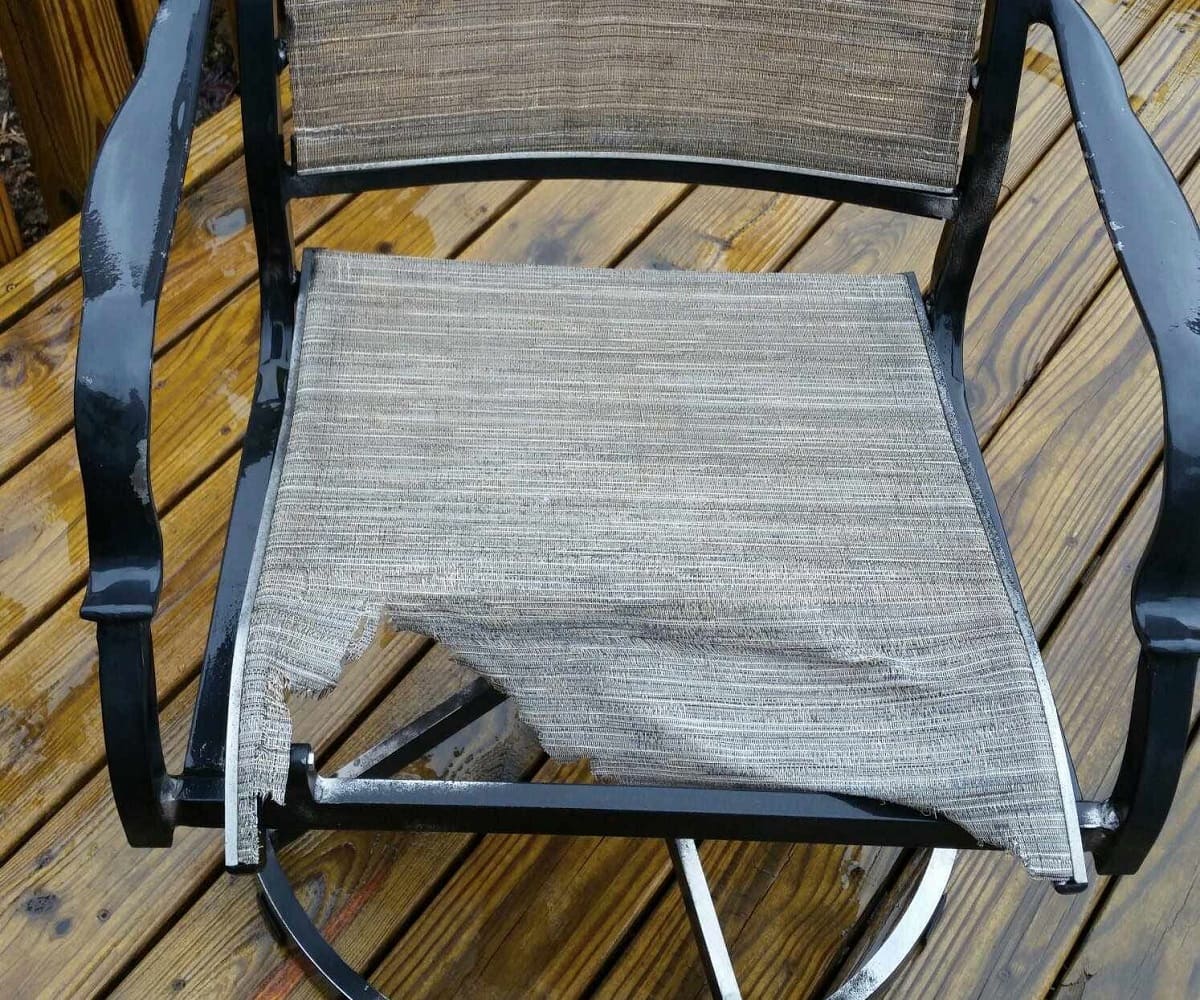
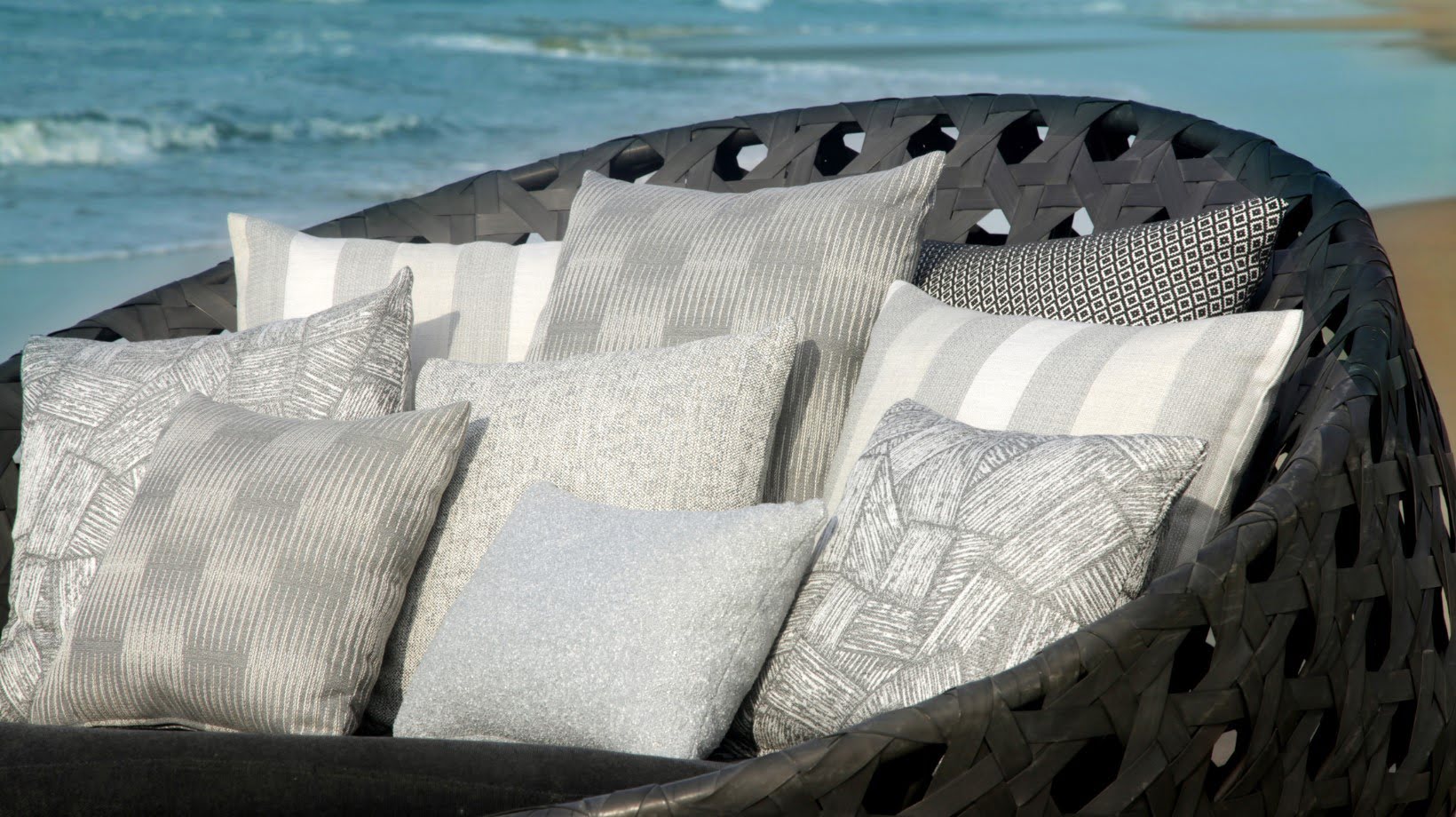

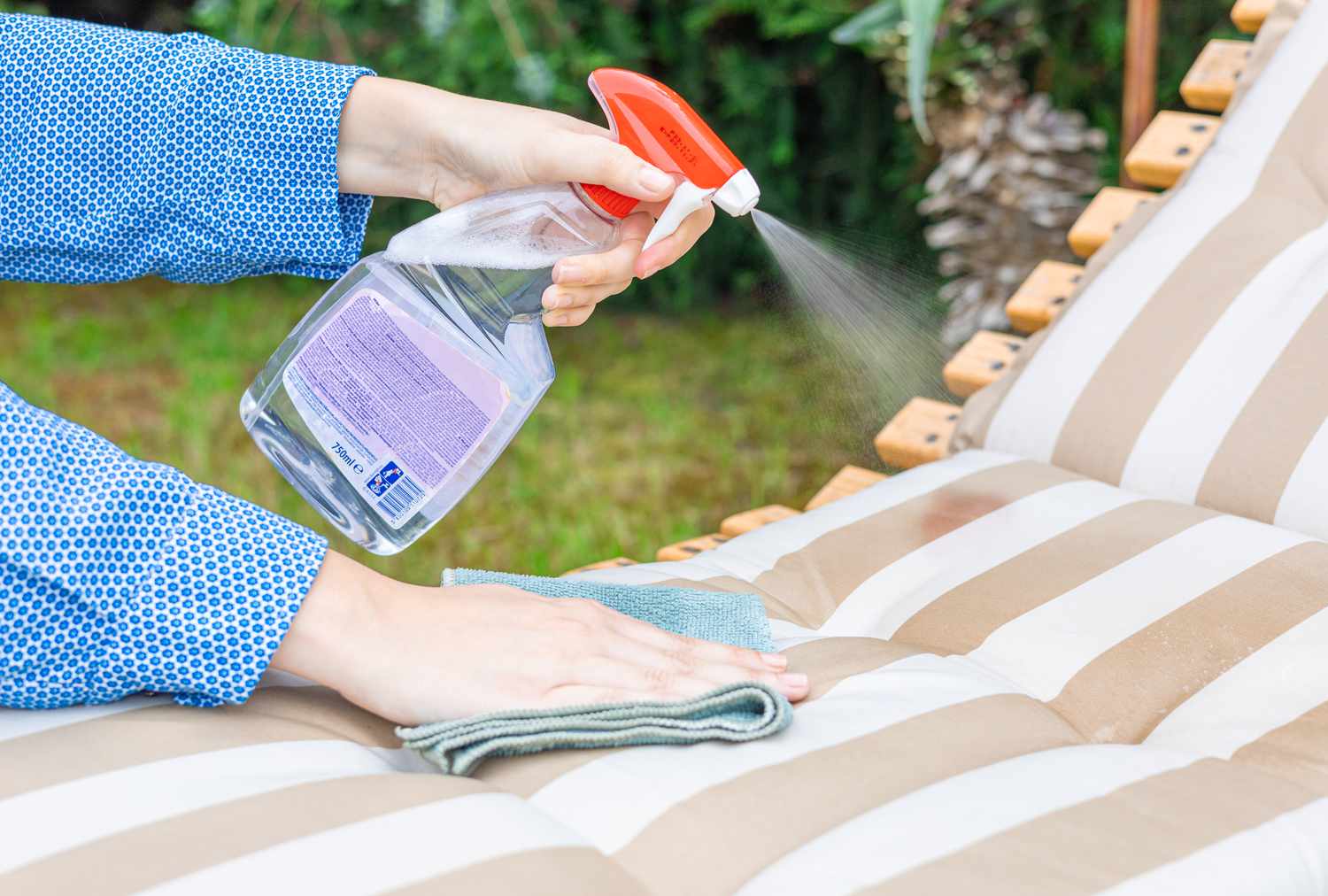
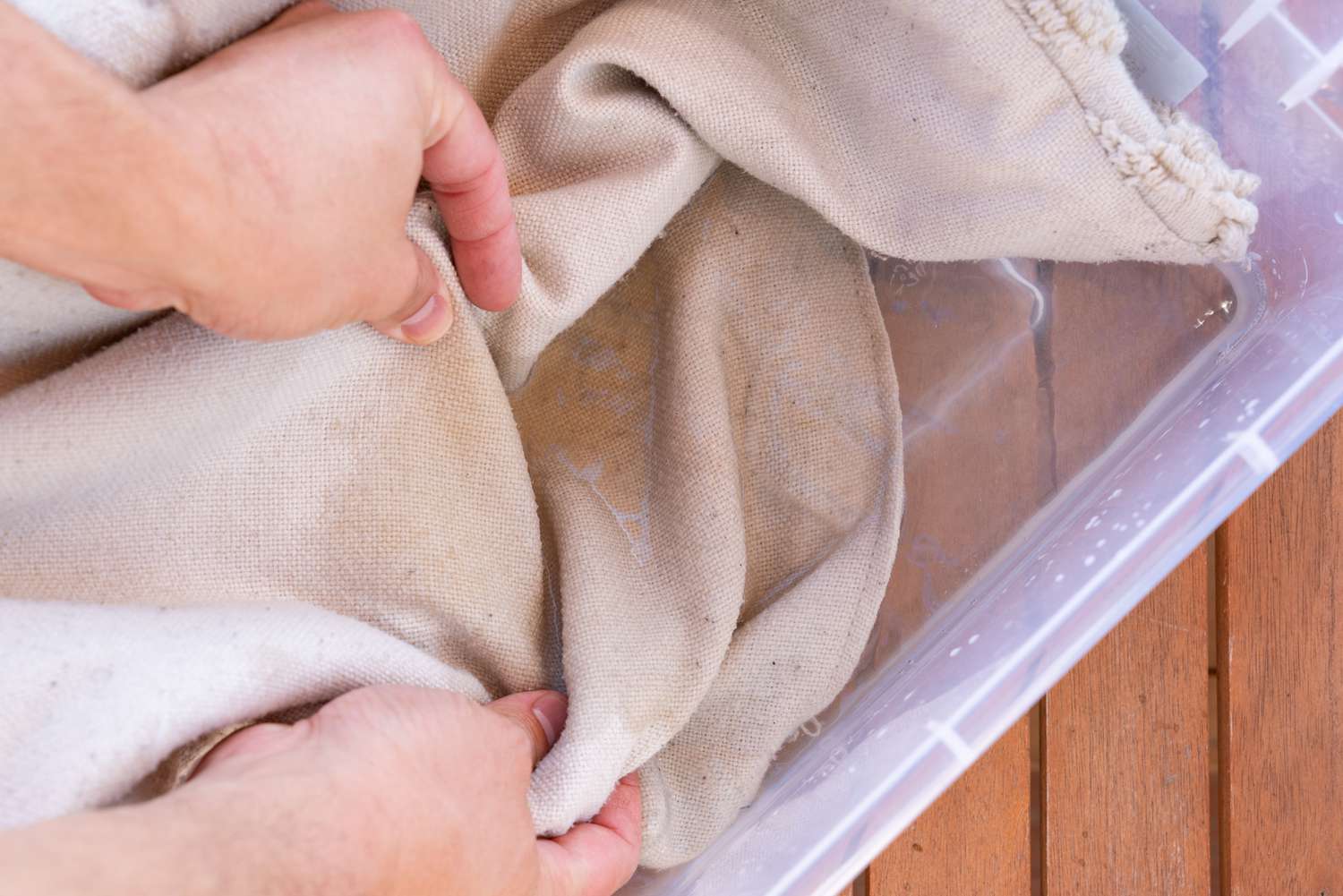
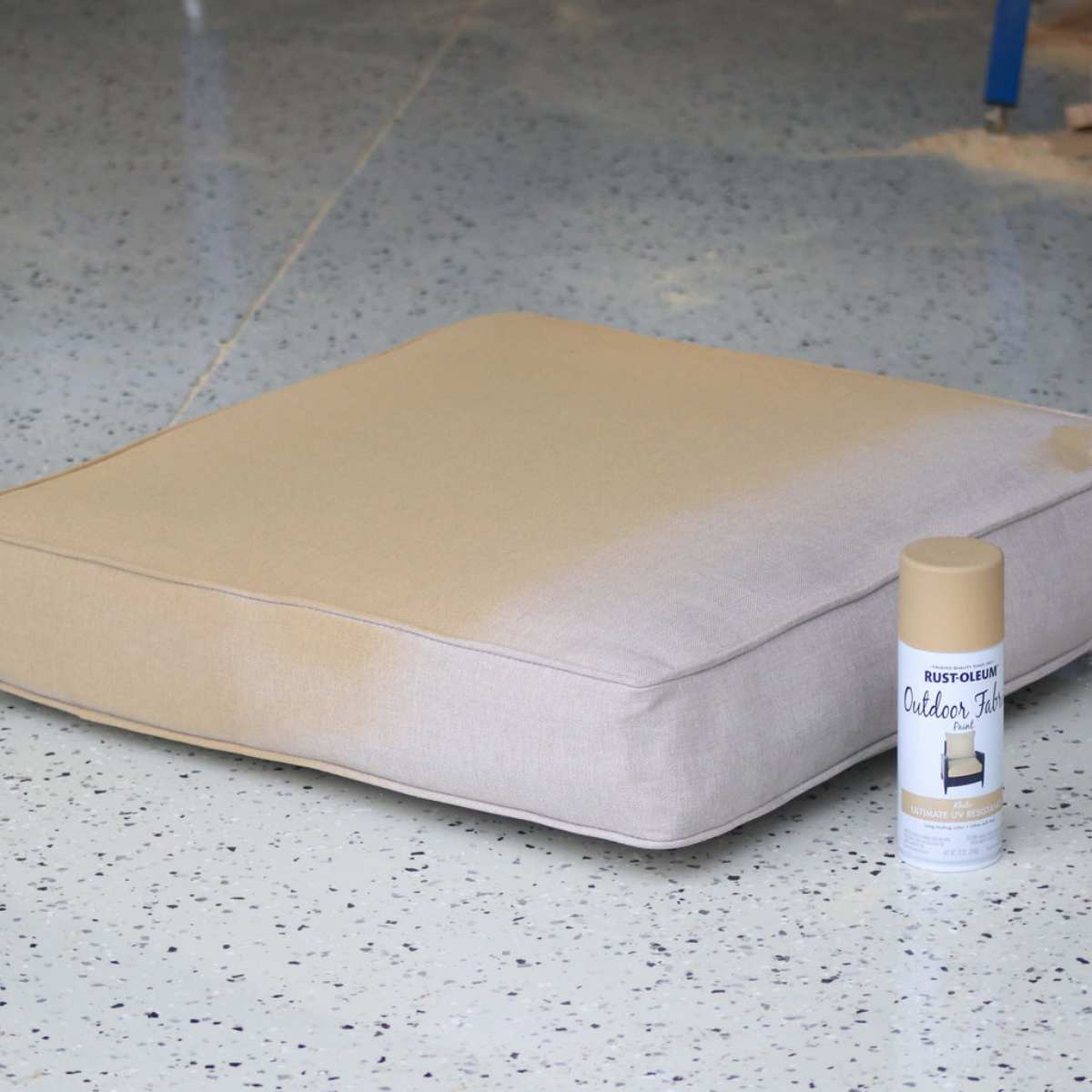
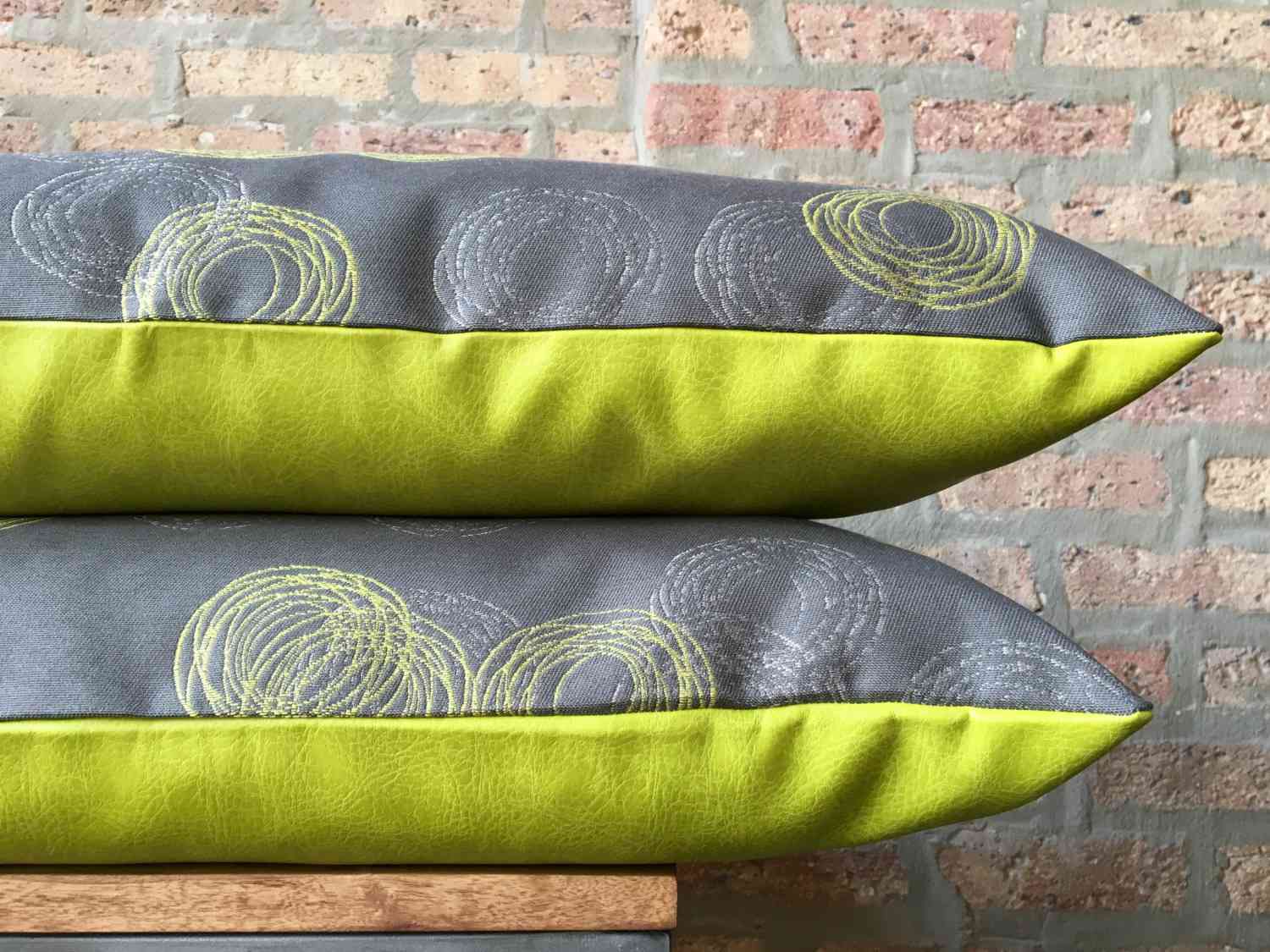
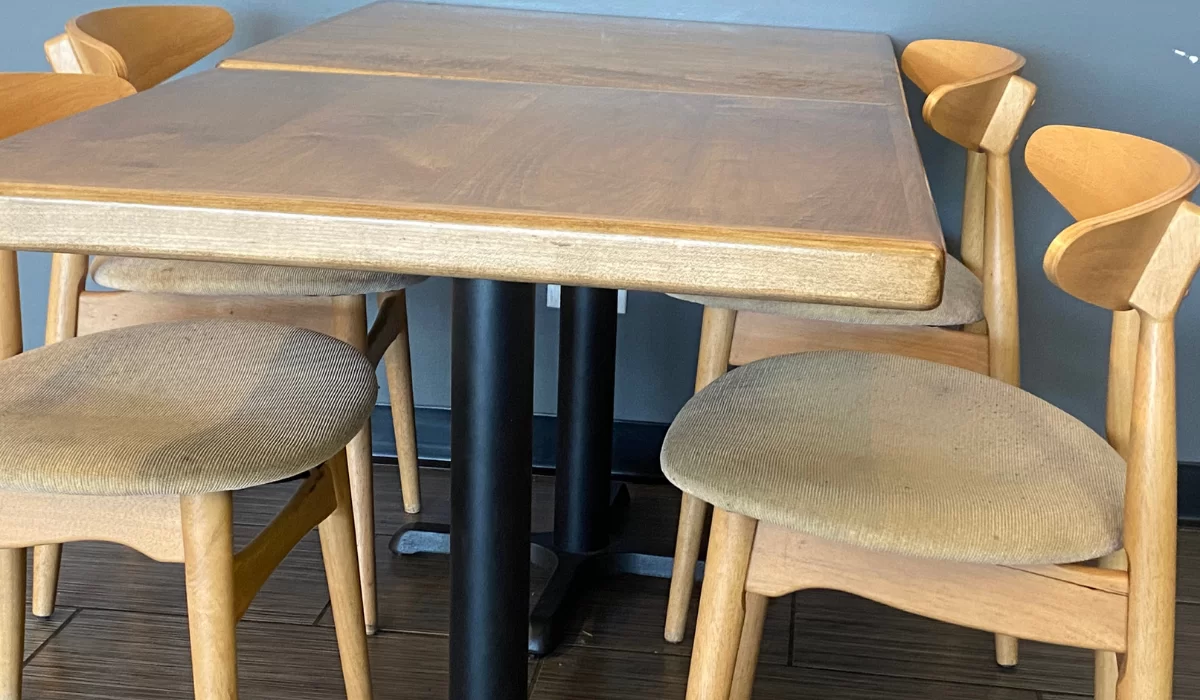
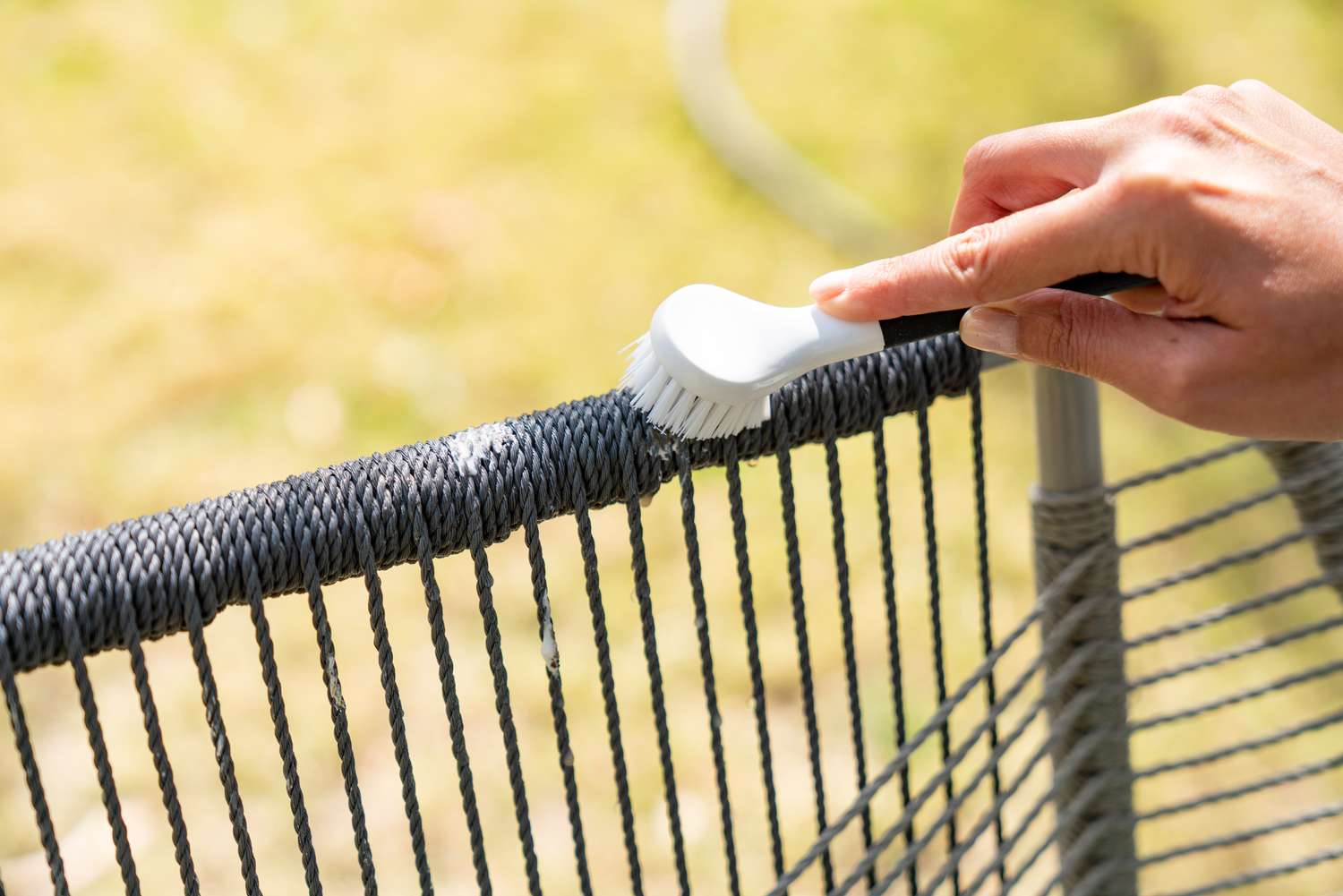
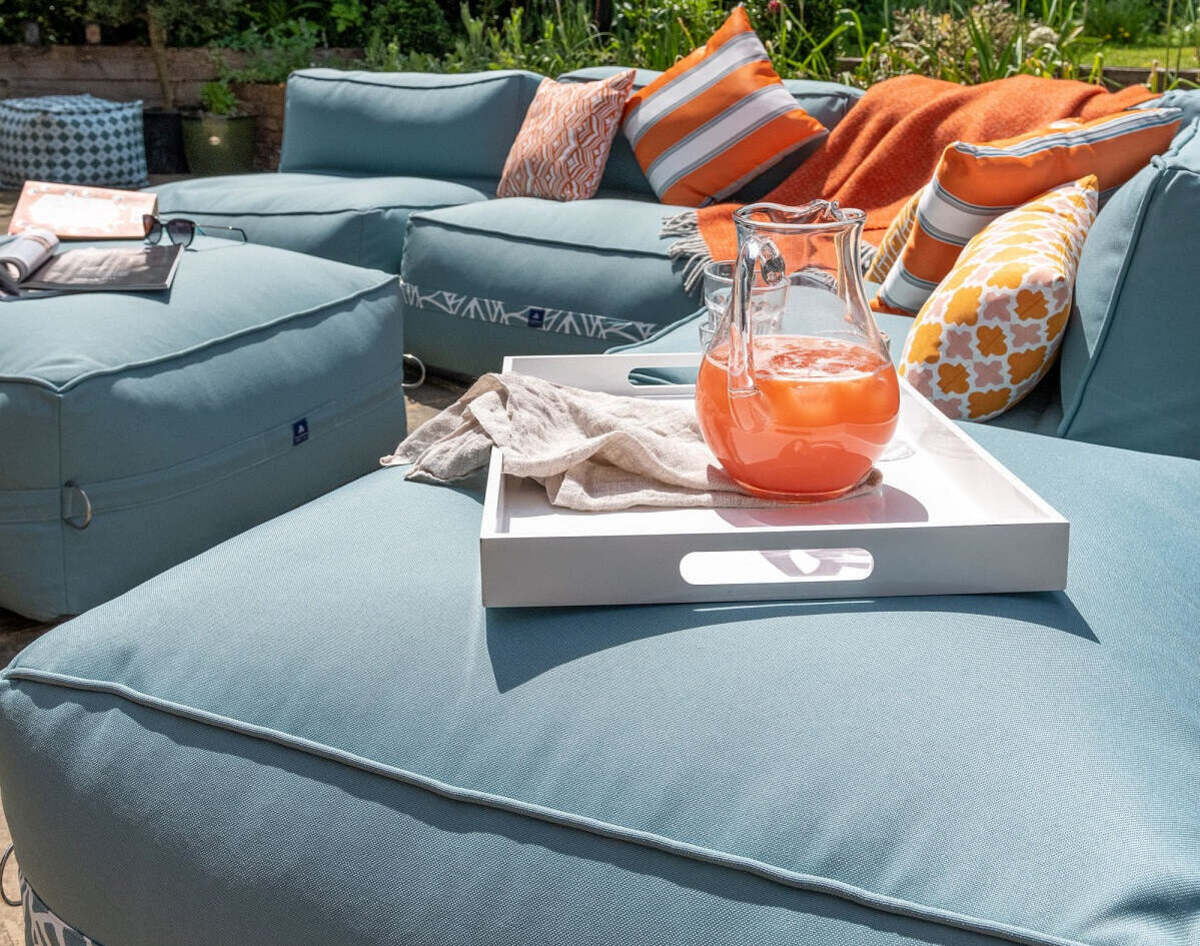
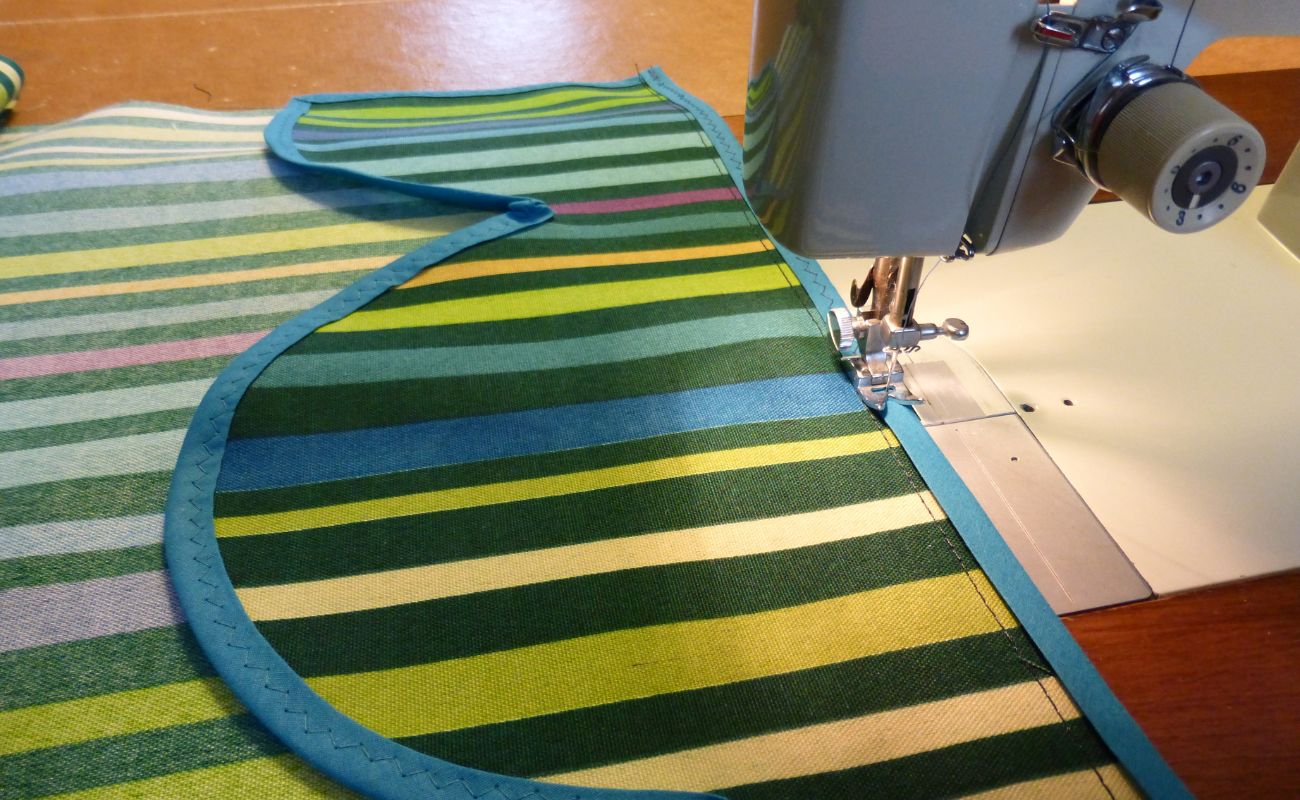



0 thoughts on “How To Sew Outdoor Fabric”